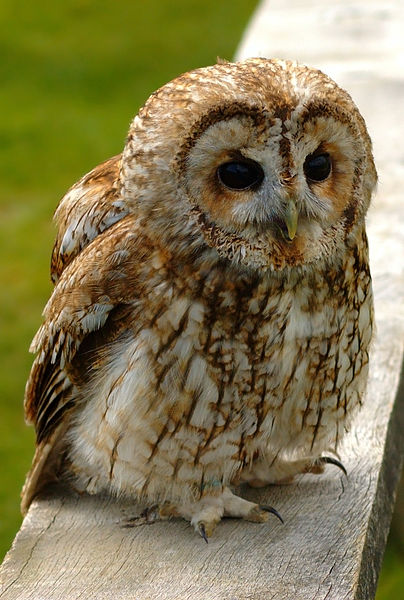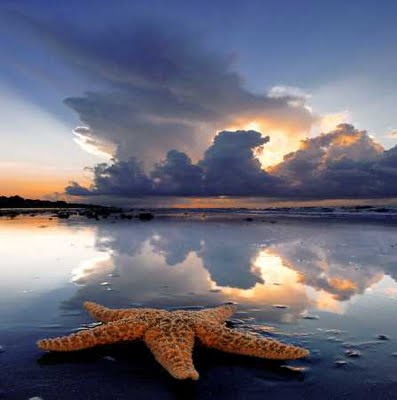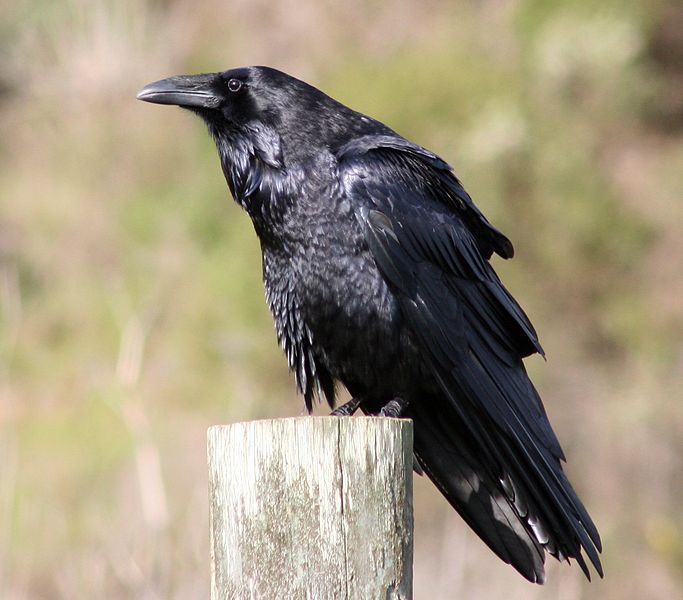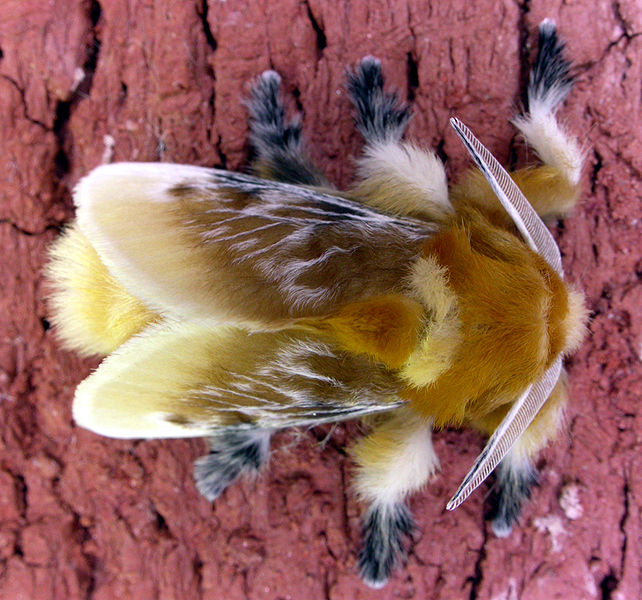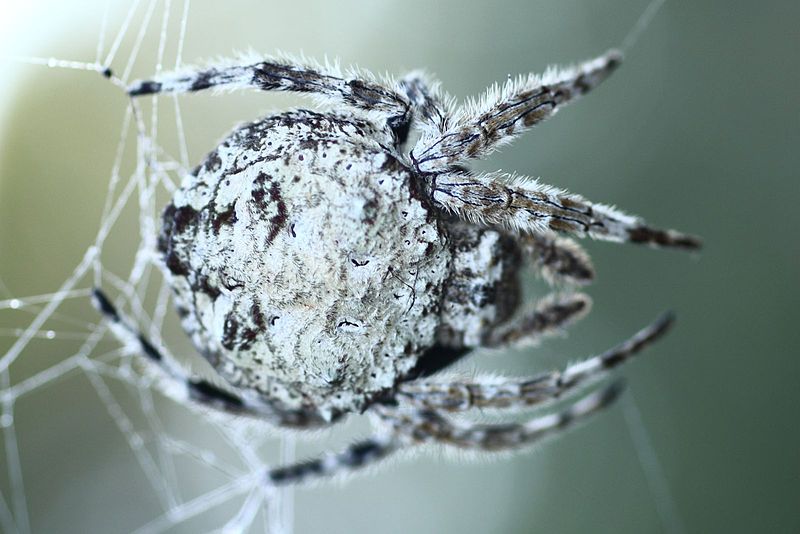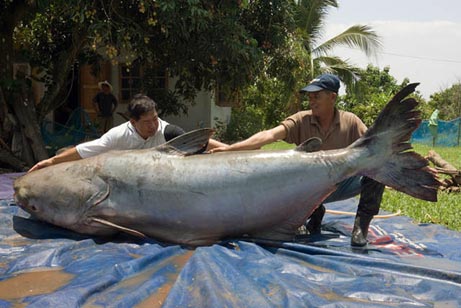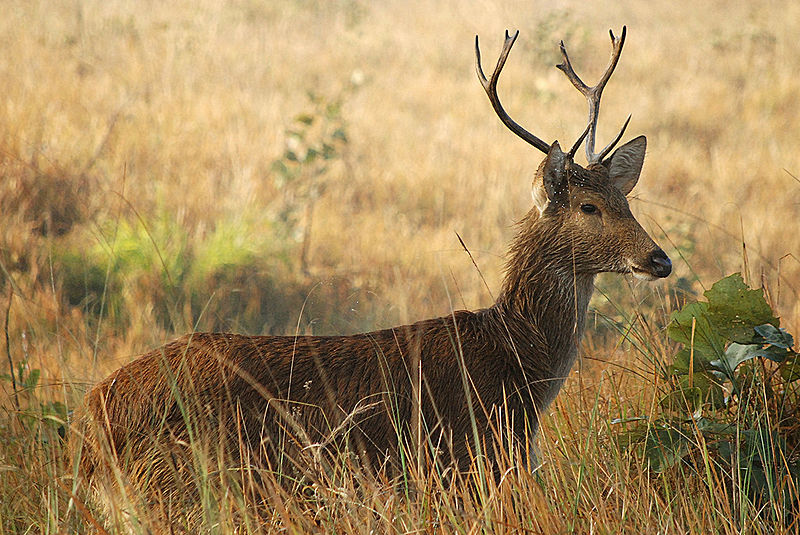
After spending some time in the mountains of South America to start the week off, we are going to northern and central India to study the Barasingha, which is also known as the Swamp Deer. This ungulate can also be found in parts of Nepal and at one time was prevalent throughout Pakistan and Bangladesh, however, that is not the case in 2011. The Swamp Deer has been battling with the possibility of going extinct for several decades, however, in 2004 they were up-listed from Endangered to Vulnerable, so that must be a good sign. No matter what their listing though, the population is still in jeopardy so we should probably hurry up and get to India before it is too late.
The Deer With the Large Rack
The Barasingha is best known for their antlers, which commonly have 10 to 14 tines, however, some Swamp Deer have been spotted that had about 20 tines. No matter how many tines the mature stags have, they are definitely an impressive creature. They are a fairly large deer weighing about 180 kg (400 lbs), which only contributes to their population decline. Unfortunately, any animal that weighs 400 lbs and has a huge set of antlers is going to be poached, which is definitely impacting the population of this beautiful deer species.
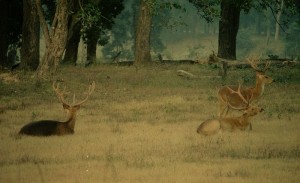
A Team Sport
One of the other big threats to the Swamp Deer is the conversion of grasslands into agricultural fields. I know in North America, the deer like farms, however, the Barasingha rely on these tall grasses to provide food as well as cover. Luckily, there are protected areas that allow the Swamp Deer to continue thriving in their grassland habitat. In these areas, they are known to form herds with an average of 8 – 20 individuals, however, some herds have been known to have as many as 60 deer.
Playing the Odds
Typically the ratio of females to males is 2:1 in these herds, so you have to like the chances for the male Swamp Deer to find a nice lady-friend. When not trying to impress the women during the rut, the Barasingha will typically feed in the morning and evenings being less nocturnal than other deer species. Let’s face it, there is nothing better than a big bowl of tall grasses to start your day off properly (or end it, I guess).
That does it for our trip to India to learn about the Barasingha. I hope you enjoyed studying this animal that is in the process of rebounding from near extinction. Enjoy the rest of your day!

